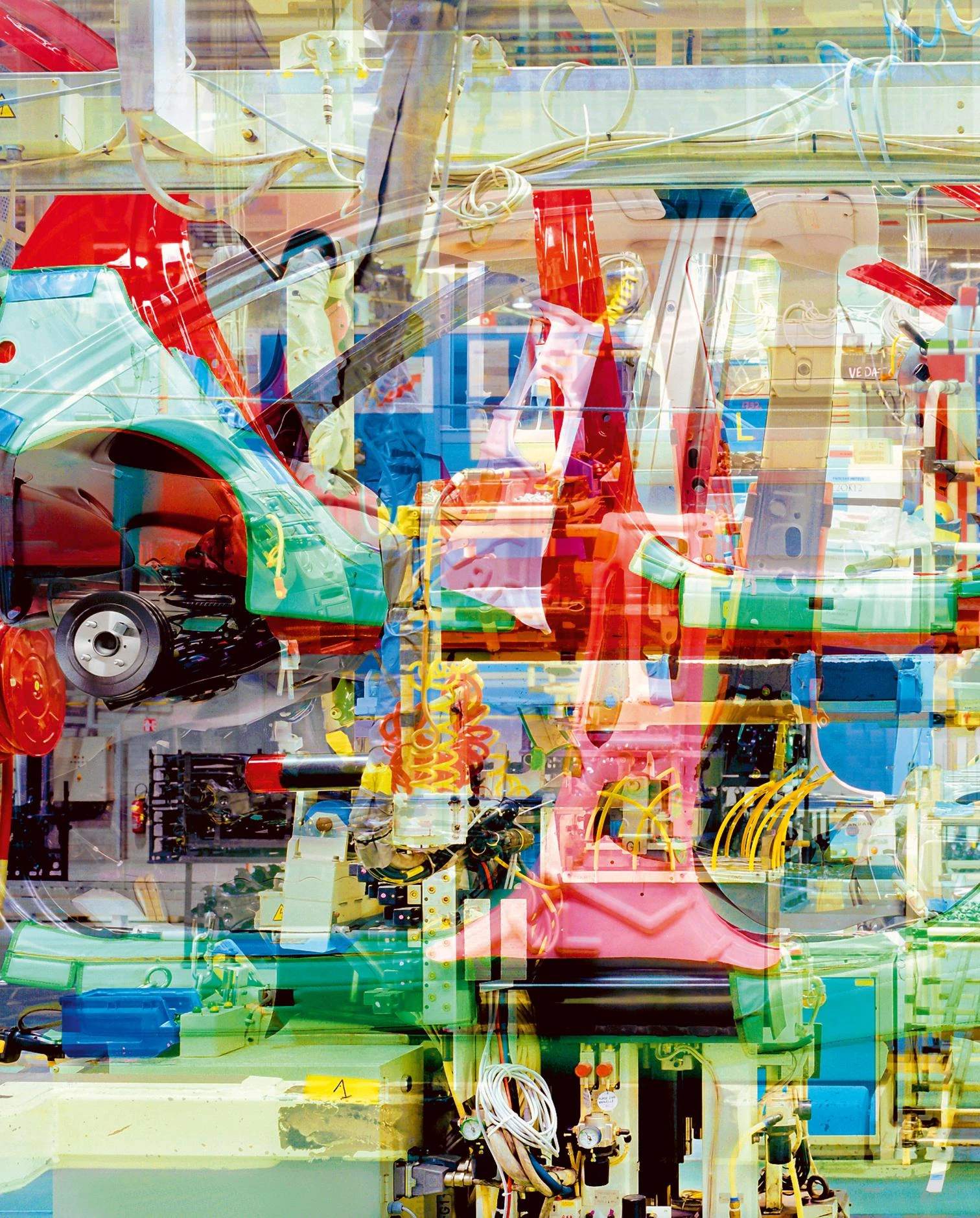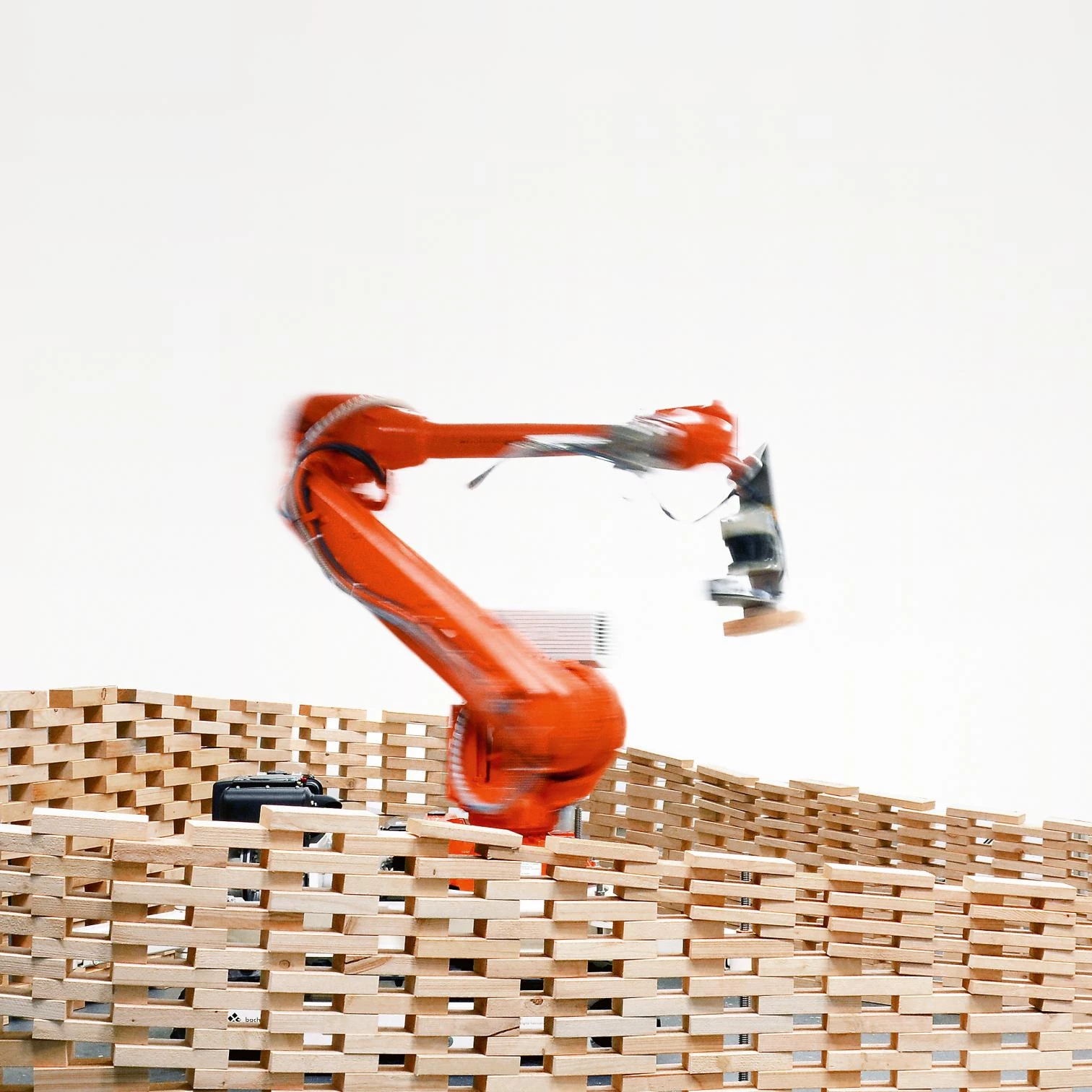
Robots have been with us for a long time, but only now are they perceived as a planetary threat. The fascination with automata, from Hero to Al-Jazari or from the mannerist devices to the Vaucanson duck, has evolved parallel to its unsettling side, which can be found in the Golem of Prague or the Stickman of Juanelo Turriano. However, only the 20th century of Karel Capek, Isaac Asimov, or Ridley Scott explores the ethical and political risks of robots, and only the 21st century of the automation of economy and the military use of intelligent machines presents robotization as a huge challenge. Over a hundred years ago, the chess player of Torres Quevedo was a scientific curiosity and a mechanical achievement; today, when computers defeat grandmasters, robotic arms replace workers, and drones do the job of fighter pilots, automatization rises like a tsunami that drags us along.
If the self-driving car is safer and more efficient, if medical robots diagnose and operate with greater precision, and if production is automatized to make goods cheaper, going against robotization seems to be a lost battle, as was that of the Luddites who in the early 19th century tried to prevent the introduction of steam engines. However, the job destruction caused by automation, and the anxiety brought by the presence of artificial intelligence and big data in everyday life will fuel the growing antirobotization movement, heir of the turn-of-the-century antiglobalization currents. Technological revolutions never happen without victims, and the ‘creative destruction’ of large areas of the economy leaves a landscape of resentment that populism mobilizes against immigrants in defense of identity, and in the future it will do the same against robots in defense of humanity.
In architecture, robotization has moved from labs to factories and building sites, and the automation of design tasks is transforming the work environment of architects, a profession that is not safe from redundancy. Design has shifted from CAD to BIM, digitalizing also production and construction, and creating a system to coordinate information that some regret for its exclusion of the ‘human factor’ which originates mistakes as well as pentimentos. The car assembly lines that Stéphane Couturier photographs were automatized decades ago, and it is only today that we suggest robots should be taxed to cover pensions; the mechanical arms of Gramazio






